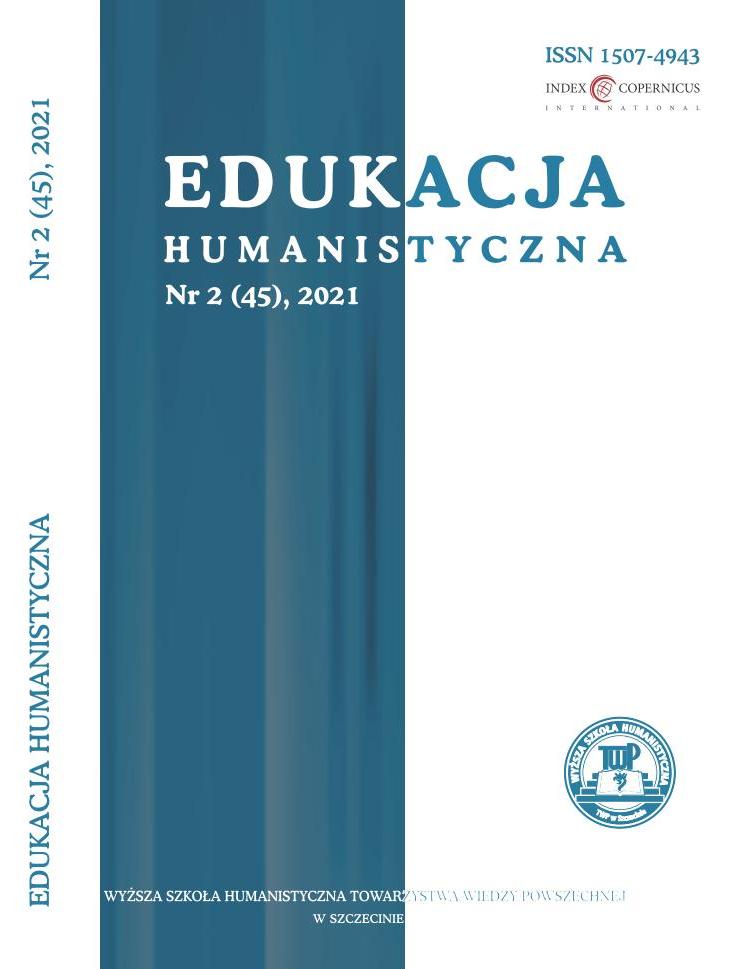Egzekucja a humanitarne jej wykonanie
Death penalty and its humane execution
Author(s): Jan DoroszczakSubject(s): Politics / Political Sciences, Social Sciences, Sociology, Criminology
Published by: Wydawnictwo OR TWP w Szczecinie
Keywords: death penalty; capital punishment; abortion;euthanasia
Summary/Abstract: The article presents currently used methods of executing capital punishment in comparison to other legally and socially accepted life deprivation methods such as abortion or euthanasia which are permissible under international law, or under domestic law provisions. The article begins with presenting international law regulations in the area of possibilities of death penalty use in domestic legal systems. The second part of the article concentrates on characterising most commonly used methods of execution. Next, the author goes to description of different types of abortion and permissible euthanasia procedures and compares them to chosen death penalty execution methods. In the conclusion part the author proves both of his hypotheses: 1) Some execution methods may be considered humane ones. 2) Some of currently used methods of executing are not less humane than abortion and permissible euthanasia procedures.The article presents currently used methods of executing capital punishment in comparison to other legally and socially accepted life deprivation methods such as abortion or euthanasia which are permissible under international law, or under domestic law provisions. The article begins with presenting international law regulations in the area of possibilities of death penalty use in domestic legal systems. The second part of the article concentrates on characterising most commonly used methods of execution. Next, the author goes to description of different types of abortion and permissible euthanasia procedures and compares them to chosen death penalty execution methods. In the conclusion part the author proves both of his hypotheses: 1) Some execution methods may be considered humane ones.2) Some of currently used methods of executing are not less humane than abortion and permissible euthanasia procedures.The article presents currently used methods of executing capital punishment in comparison to other legally and socially accepted life deprivation methods such as abortion or euthanasia which are permissible under international law, or under domestic law provisions. The article begins with presenting international law regulations in the area of possibilities of death penalty use in domestic legal systems. The second part of the article concentrates on characterising most commonly used methods of execution. Next, the author goes to description of different types of abortion and permissible euthanasia procedures and compares them to chosen death penalty execution methods. In the conclusion part the author proves both of his hypotheses: 1) Some execution methods may be considered humane ones.2) Some of currently used methods of executing are not less humane than abortion and permissible euthanasia procedures.The article presents currently used methods of executing capital punishment in comparison to other legally and socially accepted life deprivation methods such as abortion or euthanasia which are permissible under international law, or under domestic law provisions. The article begins with presenting international law regulations in the area of possibilities of death penalty use in domestic legal systems. The second part of the article concentrates on characterising most commonly used methods of execution. Next, the author goes to description of different types of abortion and permissible euthanasia procedures and compares them to chosen death penalty execution methods. In the conclusion part the author proves both of his hypotheses: 1) Some execution methods may be considered humane ones.2) Some of currently used methods of executing are not less humane than abortion and permissible euthanasia procedures.
Journal: Edukacja Humanistyczna
- Issue Year: 2021
- Issue No: 2
- Page Range: 21-34
- Page Count: 14
- Language: English, Polish

